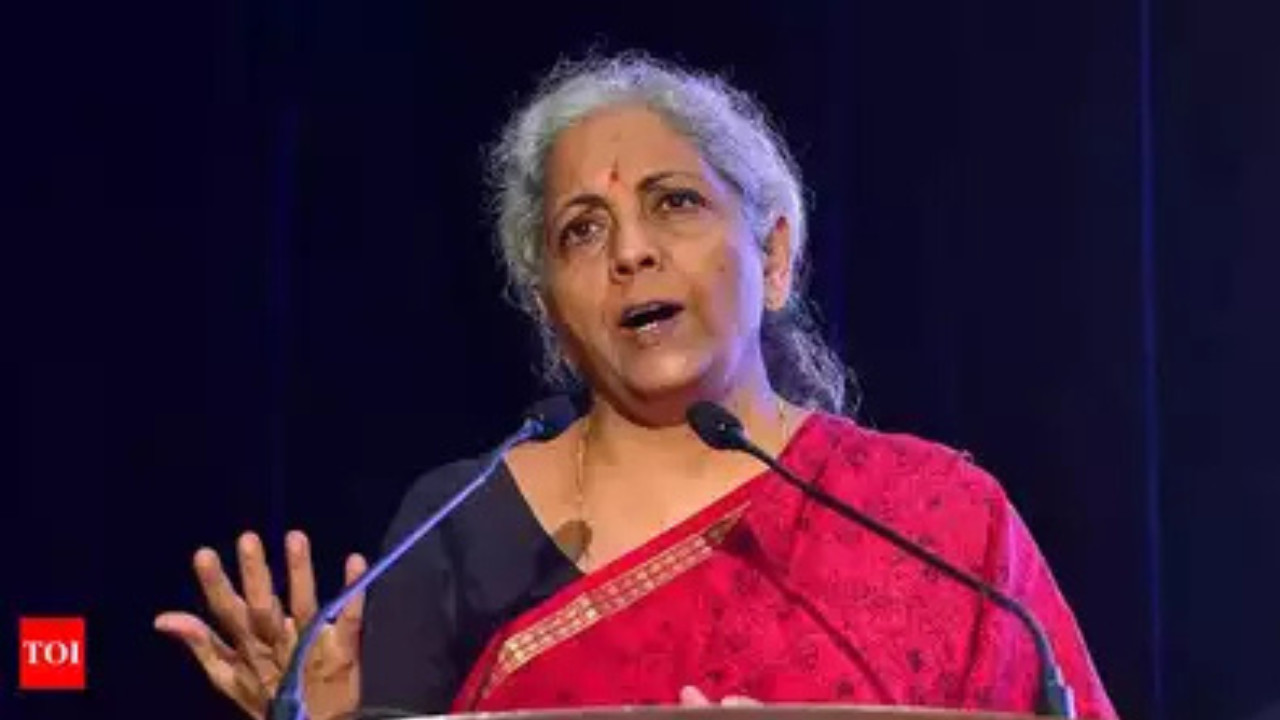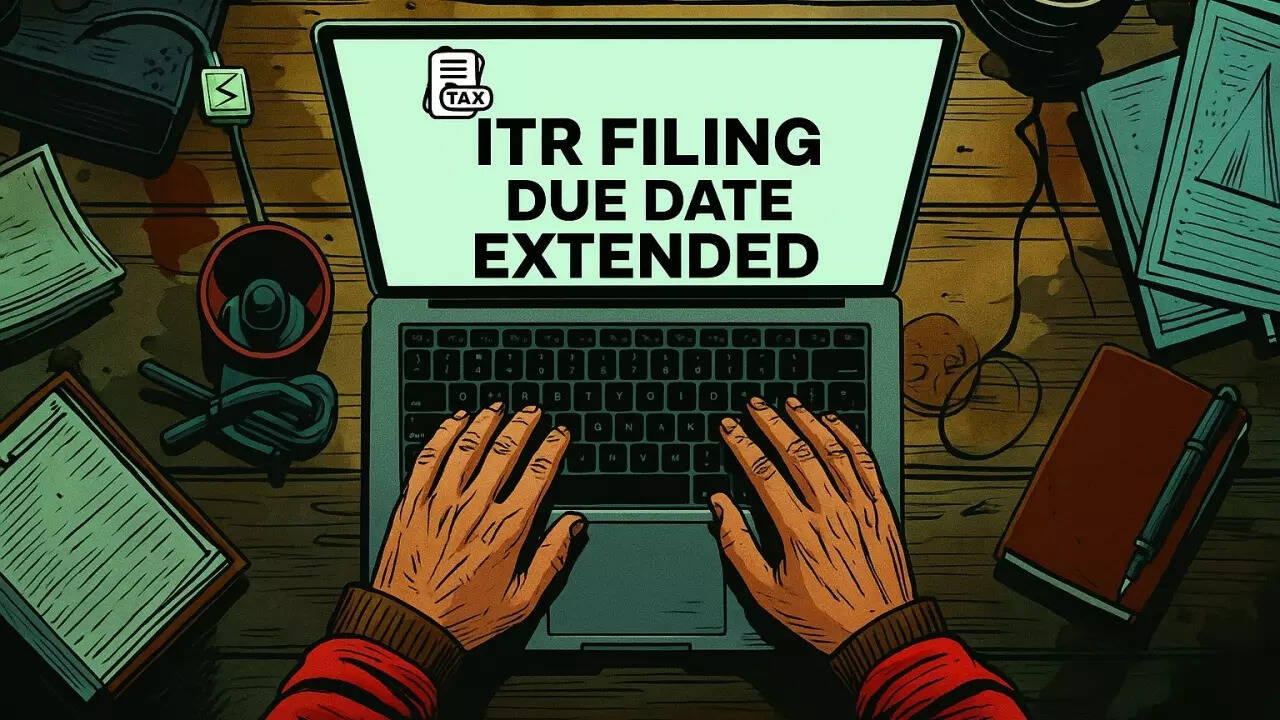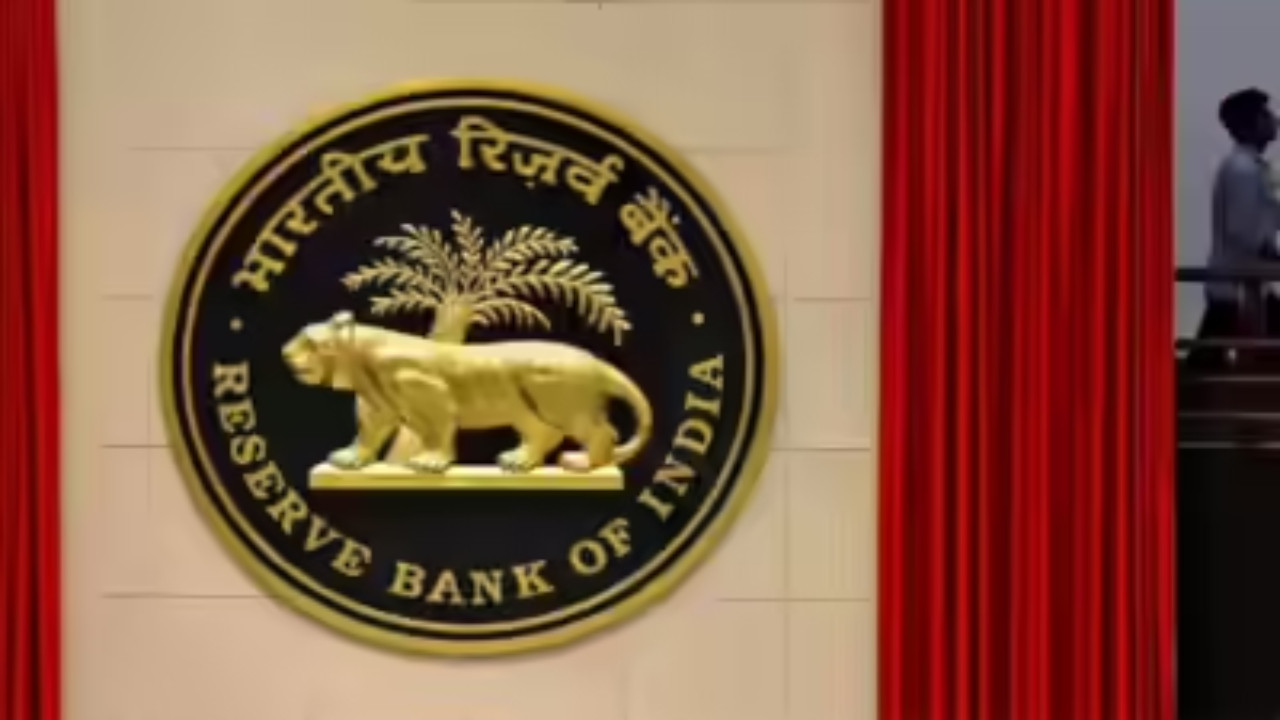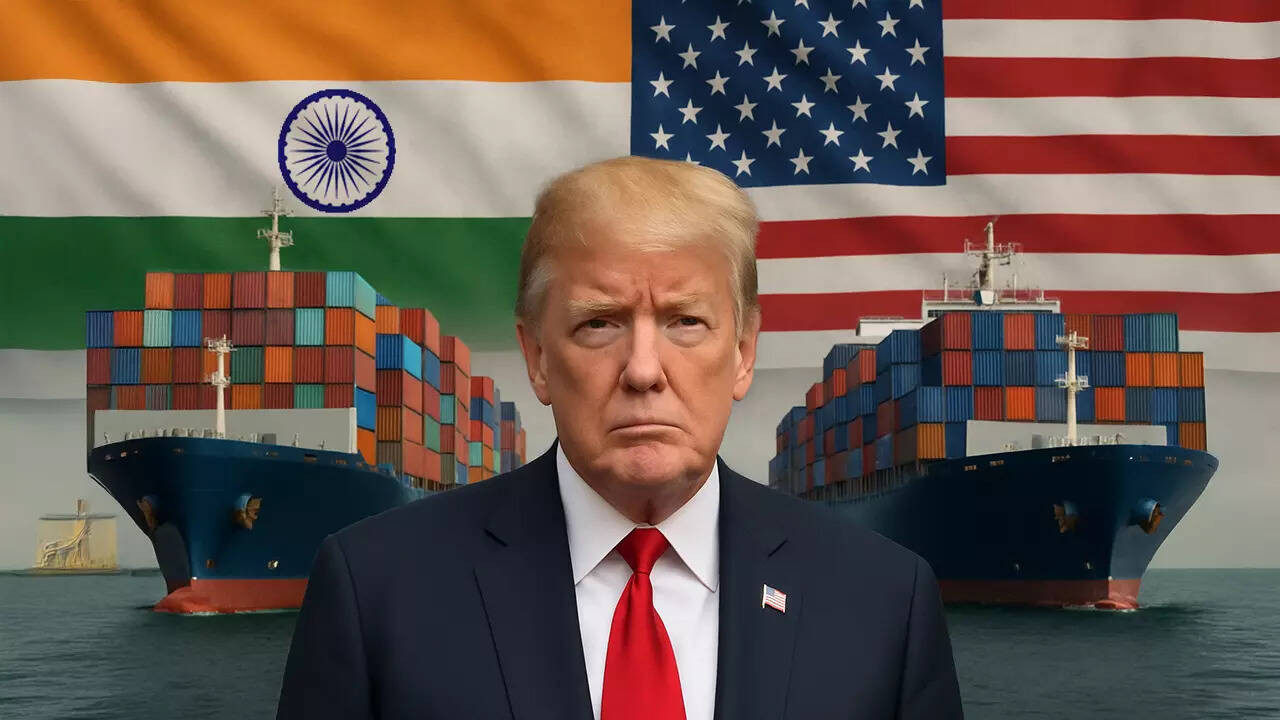Indian exporters are anxious as US President Trump imposes a 25% tariff on Indian goods starting August 1, coupled with an unspecified penalty related to India’s dealings with Russia. This announcement has triggered order cancellations and uncertainty among businesses. Key sectors like textiles and garments, already facing competition from Vietnam and Indonesia, anticipate significant impact.
Will Trump’s Tariff Talk Throw a Wrench in India’s Export Machine?
The global trade winds are swirling, and Indian exporters are feeling a distinct chill. The reason? Donald Trump’s renewed focus on tariffs, sending ripples of uncertainty across industries that heavily rely on the American market. It’s not just idle chatter; the threat of increased import duties on Indian goods is already translating into canceled orders and hesitant buyers across the Pacific.

This isn’t a theoretical exercise confined to trade journals. Reports are surfacing of US importers putting the brakes on existing orders, adopting a “wait-and-see” approach before committing to further purchases. The sectors most vulnerable include gems and jewelry, pharmaceuticals, textiles, and agricultural products – all significant contributors to India’s export basket. For many businesses, the United States represents a crucial portion of their revenue stream, and the potential for disruption is a genuine concern.
Understanding the Tariff Threat
Trump’s stance on trade isn’t exactly new. During his previous presidency, he implemented tariffs on steel and aluminum, sparking trade tensions globally. This time around, the specific targets and the scale of proposed tariffs remain somewhat vague, but the general direction is clear: a push for greater protectionism and a potential reshaping of trade relationships.
The uncertainty alone is enough to cause headaches. Businesses thrive on predictability. When import costs are liable to fluctuate dramatically, pricing becomes a guessing game, and long-term planning becomes virtually impossible. This climate of instability pushes buyers towards safer, more predictable markets, potentially diverting trade away from India.
The Potential Fallout for Indian Businesses
The consequences could be far-reaching. Smaller businesses, often lacking the resources to absorb increased costs or navigate complex trade regulations, could face the toughest challenges. We might see reduced profit margins, workforce reductions, and even closures in certain sectors.
Larger companies, while perhaps better equipped to weather the storm, will still need to adapt. This could involve diversifying export markets, streamlining operations to cut costs, or even shifting production to other countries to circumvent tariffs. None of these options are easy or painless.
Navigating the Tariff Terrain: What Can Be Done?
While the situation is undoubtedly concerning, Indian exporters aren’t sitting idly by. Industry bodies and the government are likely exploring various strategies to mitigate the impact. These could include:
* Diplomatic engagement: Direct negotiations with the US to express concerns and explore alternative solutions.
* Exploring alternative markets: Actively seeking new export destinations to reduce dependence on the American market.
* Strengthening domestic demand: Fostering a robust domestic market to provide a buffer against external shocks.
* Improving competitiveness: Enhancing the efficiency and competitiveness of Indian industries through investments in technology and infrastructure.
The government’s role in providing support and guidance during this period will be crucial. This could involve offering financial assistance, simplifying export procedures, and actively promoting Indian products in international markets. You can read more about previous efforts to boost Indian exports [here](internal-link-to-related-content).
A Call for Vigilance and Adaptation
The potential impact of US tariffs on Indian exports is a complex issue with no easy solutions. The key is vigilance, adaptability, and a proactive approach to mitigating risks. Indian businesses need to stay informed, explore their options, and be prepared to adjust their strategies as the situation evolves. A potential shift in US policy could significantly reshape the landscape for Indian exporters, and only those who are ready to adapt will thrive in the long run.







